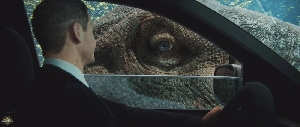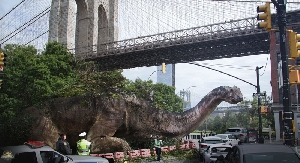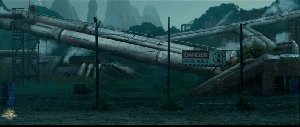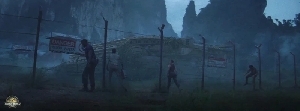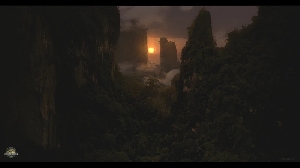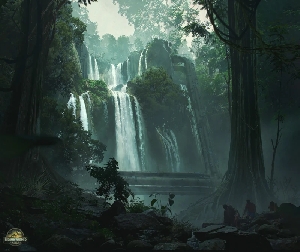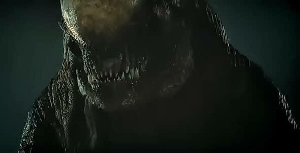An in depth look at the Abelisauridae
Dinosaurs Forum Topic
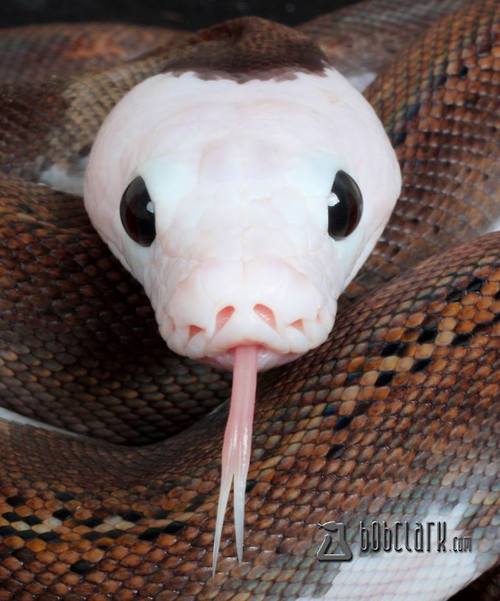
Carnosaur
MemberCompsognathusMar 21, 20143508 Views6 Repliesthese odd creatures were some of the dominant predators of europe during the cretacious.
Abelisauridae is a clade of theropods that was identified in the 1980s based on Abelisaurus and Carnotaurus,. So far, they are known mostly from the late Cretaceous of the Southern Hemisphere. Many of them appear to have been of moderate size; ranging from 5-10 meters in most species.They were the equivalent of the tyrannosaurids, being the top predators (after the spinosaurids and charcarodontosaurids were out of the way in the early Late Cretaceous).
They're large skulls, and very small arms are what make these animals truly stand out.
Why the tiny arms?
Well, for that answer, we will need to look at the Tyrannosaurs. Impressively massive animals, with large heads and small arms. Sound familiar?
The truth of the matter is....As more mass was added to the skeletal frame, the Abelisaur needed to make up for the additional weight some how. The front end (the head) grew larger to accomodate and balance the animals mass out, the long stiff tail also aided in this. The arms were already a not so useful hunting tool, and over many a generation, they began to grow even smaller. In some species, they are vestigial.

However, they sport impressive skulls. Abelisauridae skulls have deep upper jaws with tall snouts, and slim lower jaws. They also have "cheeks" expanded side to side, like those of tyrannosaurids, perhaps conferring an additional degree of binocular vision over predators with more narrow skulls. This also may be a feature of convergent evolution.
That being said, the larger abelisaurs could have held the same niche as the northern Tyrannosaurs. Surely, some of the largest (ekrixinatosaurus) would boast a powerful bite. One high enough to crunch bone. The broad skull of Ekrixinatosaurus makes the others of the clade seem wimpy.
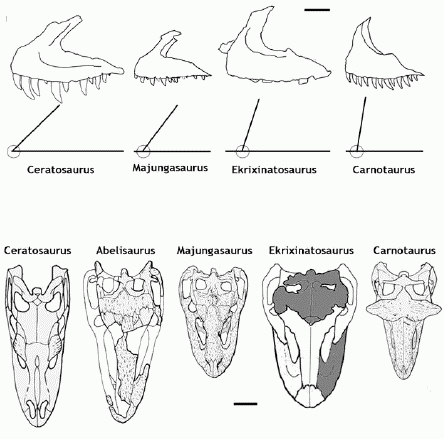
Ekrixinatosaurus lived at the same time of Giganotosaurus and Mapusaurus, and the Spinosaur Oxalaia. It would have it's own niche, attacking and killing the smaller, yet harder to kill animals. A high bite force would be useful in this.
However, some abelisaurs have suprisingly small teeth and fragile appearing skulls. Rugops primus is a prime example. Living with the far larger animals - spinosaurus and Carcharodontosaurus - it would most likely act like the modern jackal, scavenging on occasion, but making small kills from time to time.
And it seems there's an even larger Abelisaur ranging from Tanzania. If you have any info, leave it in the comments!
Nature doesn't deceive us; it is we who deceive ourselves.
Replies to An in depth look at the Abelisauridae
Hey Guest, want to add your say?
Are you an avid Jurassic World fan looking for a dedicated online community of likeminded fans? Look no further! Create your own profile today and take part in our forums and gain XP points for all the content you post!





